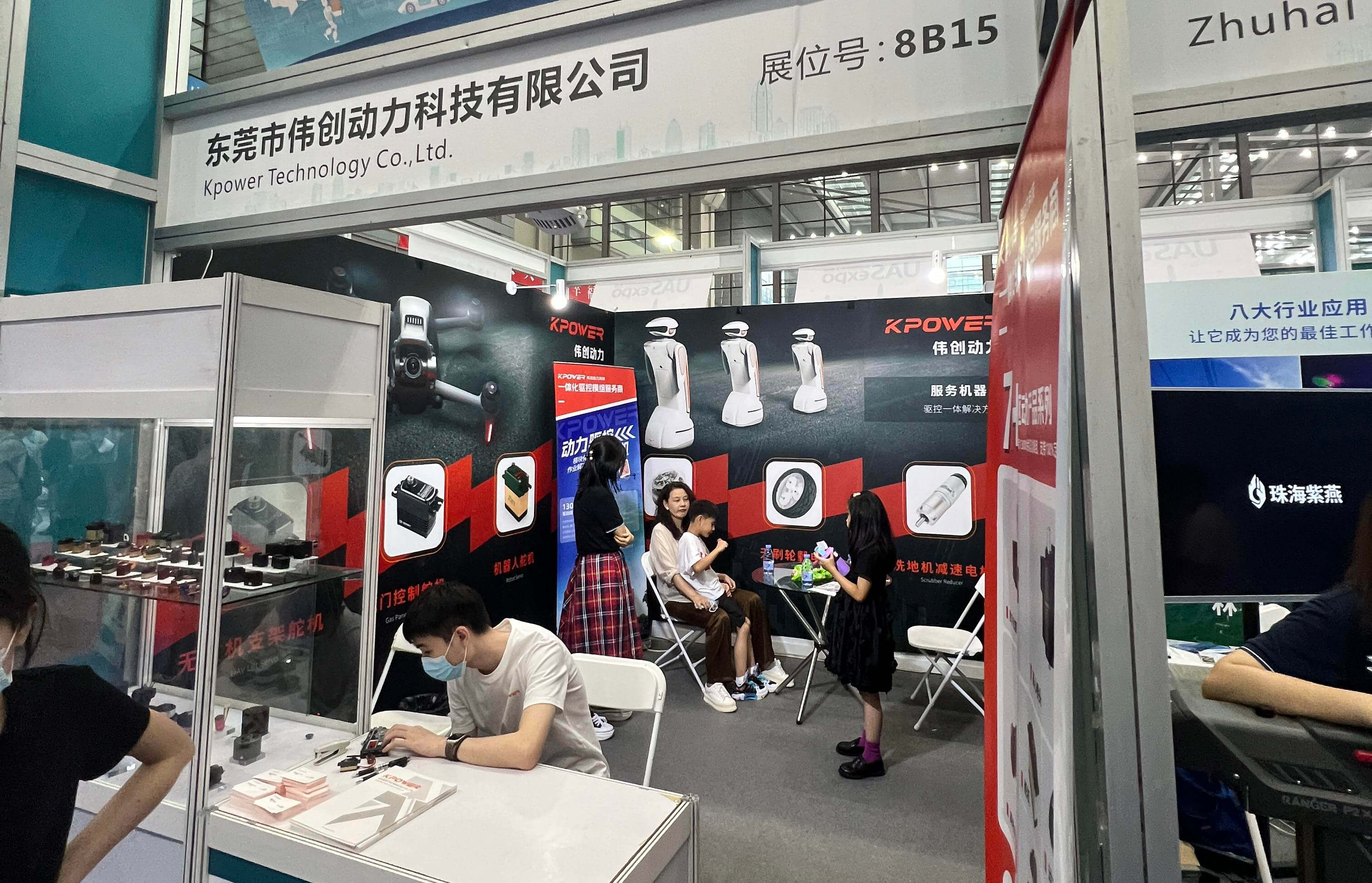part 1:
Imagine sinking into your couch after a long day, reaching out to grab your Philips remote, and suddenly realizing that it doesn’t work as smoothly as you’d like. The frustration of trying to navigate through menus with a remote that isn’t properly set up can take the joy out of movie nights or binge-watching sessions. But fear not—setting up your Philips remote control doesn’t have to be a headache. With a systematic approach, a few handy tips, and patience, you can have your remote functioning flawlessly in no time.

Why Proper Setup Matters
A remote control is more than just a device for changing channels; it’s your gateway to a world of entertainment, whether it’s your smart TV, sound system, or streaming devices. Proper setup ensures that all your devices communicate seamlessly, reducing the need for multiple remotes and minimizing confusion during viewing. It also prevents potential connectivity issues that can arise from incorrect programming or outdated firmware.
Getting Ready for Setup
Before diving into the programming process, gather all necessary equipment:
Your Philips remote control (make sure it’s physically intact) The model number of your Philips TV or device (usually found at the back or in the user manual) The brand and model of the device you want to control (cable box, streaming device, sound system) Your user manual or setup guide, if available Fresh batteries for your remote (recommended to ensure a strong signal)
Having these materials at hand makes the setup smoother and faster.
Understanding Your Philips Remote
Different Philips remote models may have slightly varied setup procedures, but most follow similar core steps. Here are some common features to be aware of:
Power Button: Turns devices on or off. Device Selection Buttons: Usually labeled as TV, AV, DVD, etc., to switch the remote’s control focus. Numeric Keypad: For entering codes or direct channel inputs. Menu and Settings Buttons: Access configuration menus. Universal Codes: A set of predefined codes for controlling multiple brands.
Step-by-Step: Initial Remote Control Programming
Turn on the device you want to control: Make sure your TV or other device is powered on. Identify the setup method: Depending on your remote, you might use automatic scanning or manual code entry. Using Automatic Search Mode: Press and hold the “Setup” button until the indicator light turns on. Press the device button (e.g., TV). Press and hold the “Power” button, then press the “Channel Up” button repeatedly until the device turns off. Once the device shuts down, press the “Setup” button to lock the code. Using Manual Code Entry: Find the list of codes for your device brand (this often comes in the manual or online). Turn on your device. Press and hold the “Setup” button. Enter the code from the list using the numeric keypad. Press the “Power” button to see if the device responds.
If the device responds correctly, your setup is complete. If not, try the next code or repeat the search process.
Exploring Universal Remote Capabilities
Many Philips remotes are universal, allowing control of various appliances beyond just Philips devices. This is especially useful if you have a home theater system or multiple brand devices. To set up these functions, follow similar code entry processes, using the correct codes for each manufacturer.
Programming Your Philips Remote via Smartphone Apps
In recent years, some Philips remote controls can be paired with mobile apps for easier setup and control. For example, Philips’ official remote app or compatible third-party apps can add a layer of convenience, especially with smart devices. To do this:
Ensure your TV and smartphone are connected to the same Wi-Fi network. Download the app recommended for your remote model. Follow in-app instructions for pairing. Use your phone to navigate your device, which can sometimes be easier than the traditional remote.
Common Mistakes and How to Avoid Them
While setting up your Philips remote, you might encounter some common hurdles:
Using incorrect codes: Double-check your device model and the corresponding code. Low battery power: Weak batteries can cause inconsistent signals; replace them if necessary. Physical obstructions: Keep the remote within line of sight of the IR receiver. Firmware updates: Some remotes may require software updates — check Philips’ official site regularly.
Let's pause here. In the next part, we'll delve deeper into advanced features, troubleshooting common issues, and tips for customizing your remote control for maximum convenience. Stay tuned for the continuation of your Philips remote control mastery journey!
Established in 2005, Kpower has been dedicated to a professional compact motion unit manufacturer, headquartered in Dongguan, Guangdong Province, China.




































